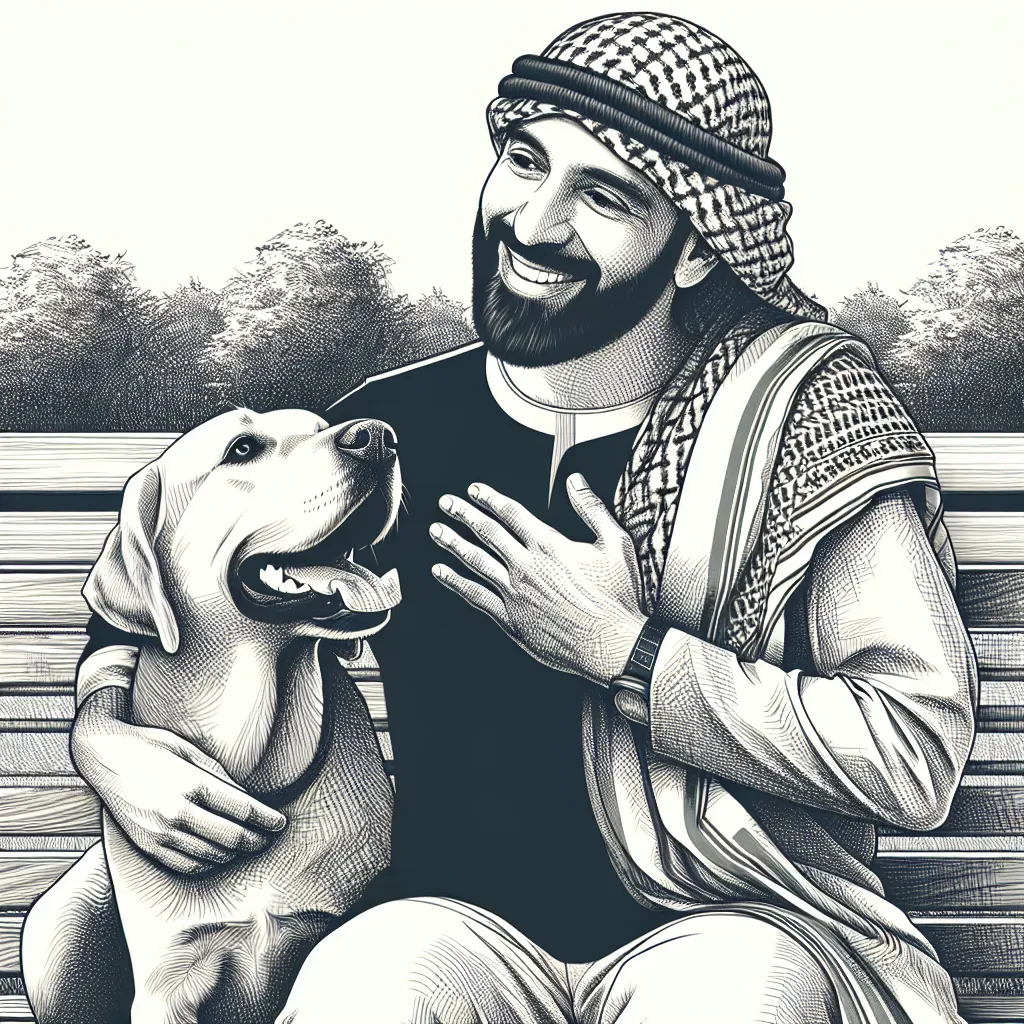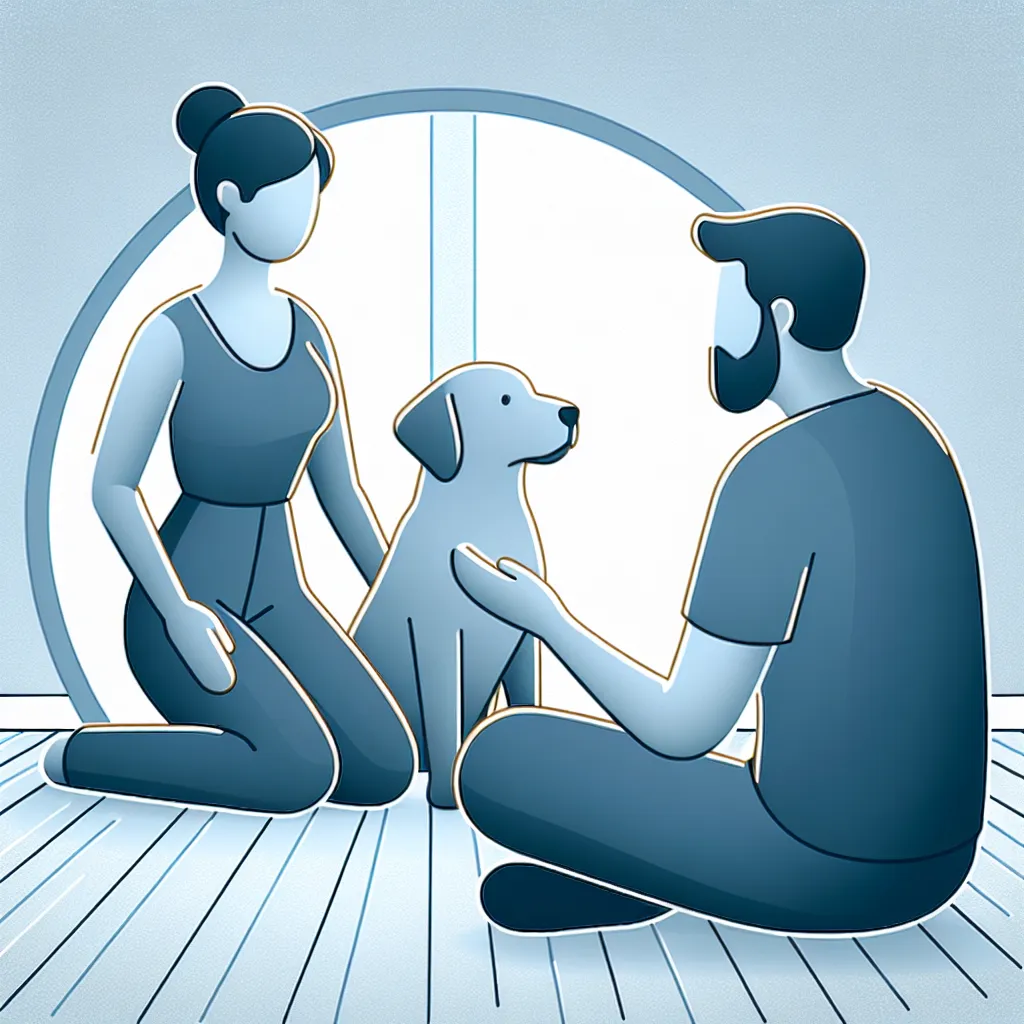Recognizing Fear and Anxiety in Dogs: Signs and Signals
Recognizing fear and anxiety in dogs is crucial for every dog owner. Understanding canine body language can help owners identify signs and signals that indicate when their furry companions are feeling distressed or uneasy. One common behavioral sign of fear and anxiety in dogs is excessive panting, drooling, or pacing. Additionally, if a dog tucks its tail between its legs, flattens its ears against its head, or shows the whites of its eyes, these are all indicators of stress and apprehension.
Furthermore, recognizing fear and anxiety in dogs involves paying attention to their overall body posture. A dog that cowers, trembles, or tries to retreat from a situation may be displaying signs of fear. Similarly, excessive yawning, lip licking, or sudden shedding can also point to a dog experiencing stress or anxiety.
It’s important for dog owners to be mindful of these signals, as they can intervene and provide comfort to their pets in distress. By educating themselves on canine body language and being attentive to their dogs’ behaviors, owners can ensure their furry friends feel safe and secure, thus fostering a strong bond built on trust and understanding.
Interpreting Canine Facial Expressions and Eye Contact
Understanding canine body language is crucial for dog owners to communicate effectively with their pets. One important aspect of interpreting canine body language is understanding facial expressions and eye contact. A dog’s facial expressions can convey a wide range of emotions, from excitement and happiness to fear and aggression.
When a dog is relaxed and comfortable, their facial muscles are typically loose, and their mouth may be slightly open with a relaxed tongue. A soft, relaxed expression often indicates a friendly and approachable demeanor. On the other hand, a stiffened face, with lips pulled back to reveal teeth, can signal fear or aggression.
Eye contact is another key indicator of a dog’s emotional state. Direct, relaxed eye contact is often a sign of trust and affection. However, prolonged staring with a fixed gaze can be perceived as a threat or challenge in the canine world. It’s important for dog owners to be mindful of their own eye contact with their pets and to recognize when a dog may be feeling uncomfortable or threatened.
By paying close attention to their dog’s facial expressions and eye contact, owners can better understand their pet’s emotional state and respond appropriately to ensure a positive and safe interaction.
The Language of Tail Wagging: What Different Movements Mean
Understanding canine body language is crucial for dog owners to effectively communicate and bond with their pets. One essential aspect of canine body language is the language of tail wagging, which can convey a range of emotions and intentions. It’s important to recognize the different movements of a dog’s tail and understand what they mean in various contexts.
A broad, sweeping wag often indicates a friendly and approachable demeanor. When a dog’s tail wags in this manner, it typically signifies willingness to engage and interact with others. On the other hand, a stiff and rapid wag may signal agitation or potential aggression. It’s crucial for dog owners to be mindful of the speed and rigidity of the tail wag to gauge their dog’s emotional state accurately.
Additionally, the height at which the tail is wagging can provide valuable insights. A tail held high and wagging indicates confidence and excitement, while a tucked tail with a weak wag suggests fear or submission. Observing these subtle cues in tail wagging can help dog owners better understand their canine companions and respond appropriately to their needs.
By being attentive to the nuances of tail wagging and other forms of canine body language, dog owners can foster stronger bonds with their pets and create a harmonious living environment for both humans and dogs.
Understanding Dog’s Postures and Positions: Body Language Insights
Understanding canine body language is essential for dog owners to effectively communicate and bond with their furry companions. One crucial aspect of interpreting a dog’s emotions and intentions is observing their postures and positions. By paying attention to these body language cues, owners can better understand and respond to their dog’s needs.
One common posture that dogs display is the “play bow,” where they lower the front of their body while keeping their hind end up, often accompanied by a wagging tail. This position signifies an invitation to play and communicates a friendly and non-threatening demeanor. On the other hand, a dog standing tall with raised fur and a tense body may indicate that they are feeling threatened or agitated, signaling the need for space and caution.
Additionally, observing a dog’s body position in relation to other animals or individuals can provide valuable insights. For example, a dog leaning forward slightly with loose, wiggly body movements while greeting another dog demonstrates a relaxed and social stance. Conversely, a dog leaning back or cowering may indicate fear or submission.
Understanding these postures and positions can help dog owners navigate various social interactions and environments with their pets, ultimately strengthening the bond between them and their canine companions. By learning to interpret and respond to their dog’s body language, owners can ensure a harmonious and fulfilling relationship based on mutual understanding and respect.




